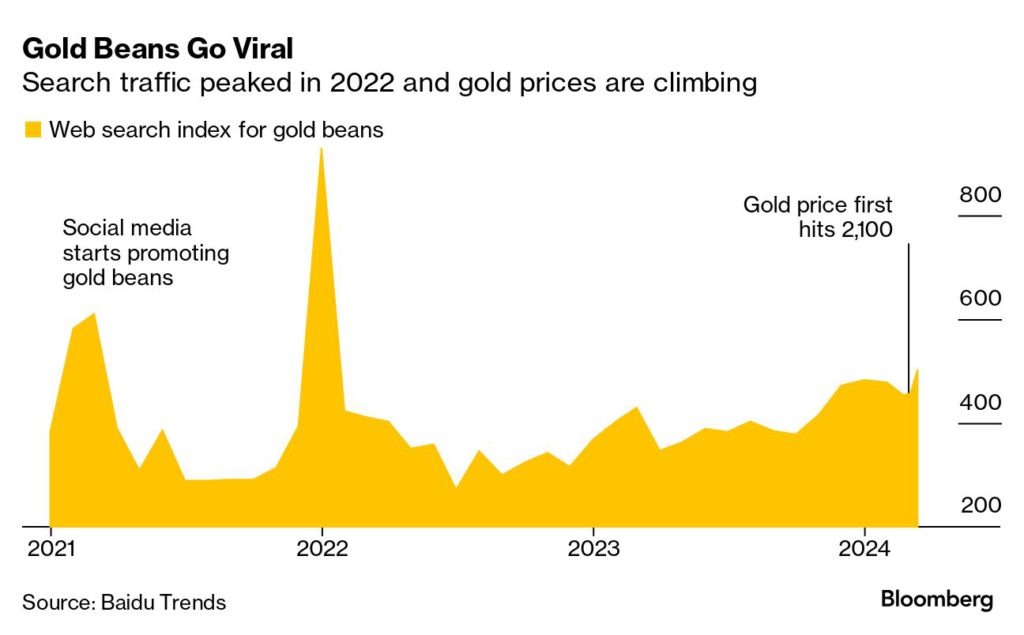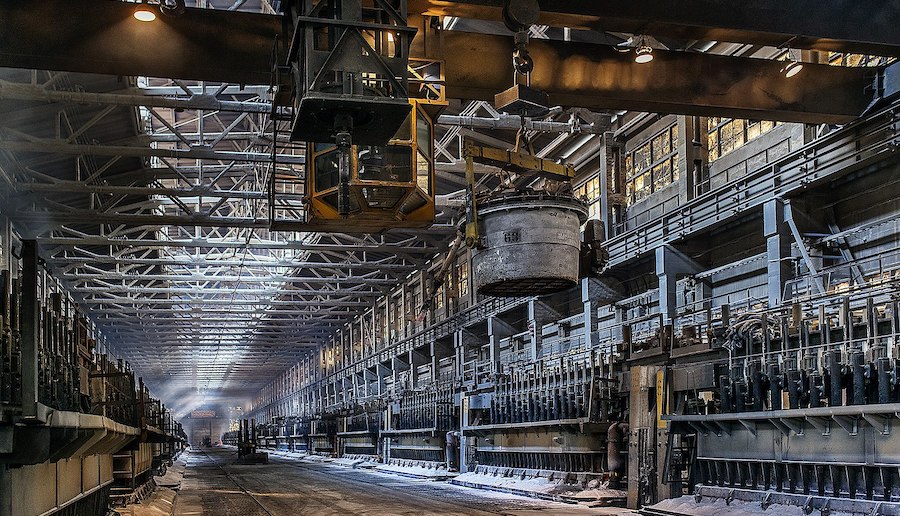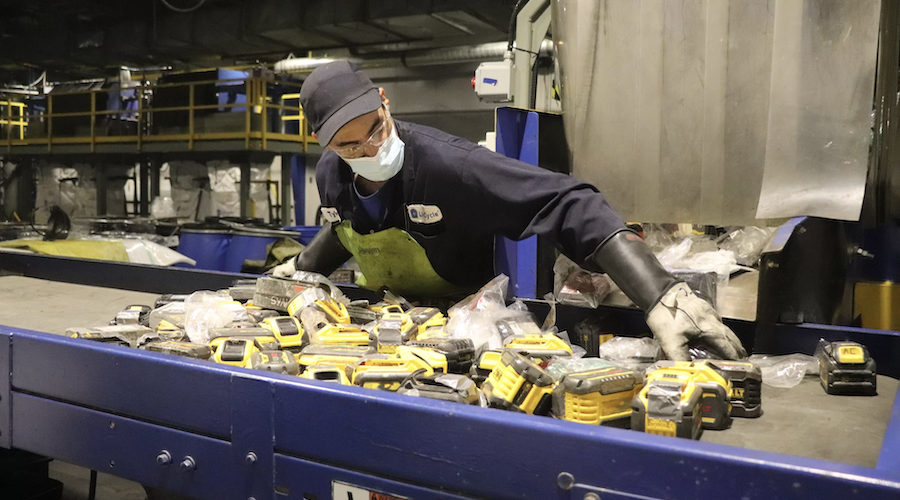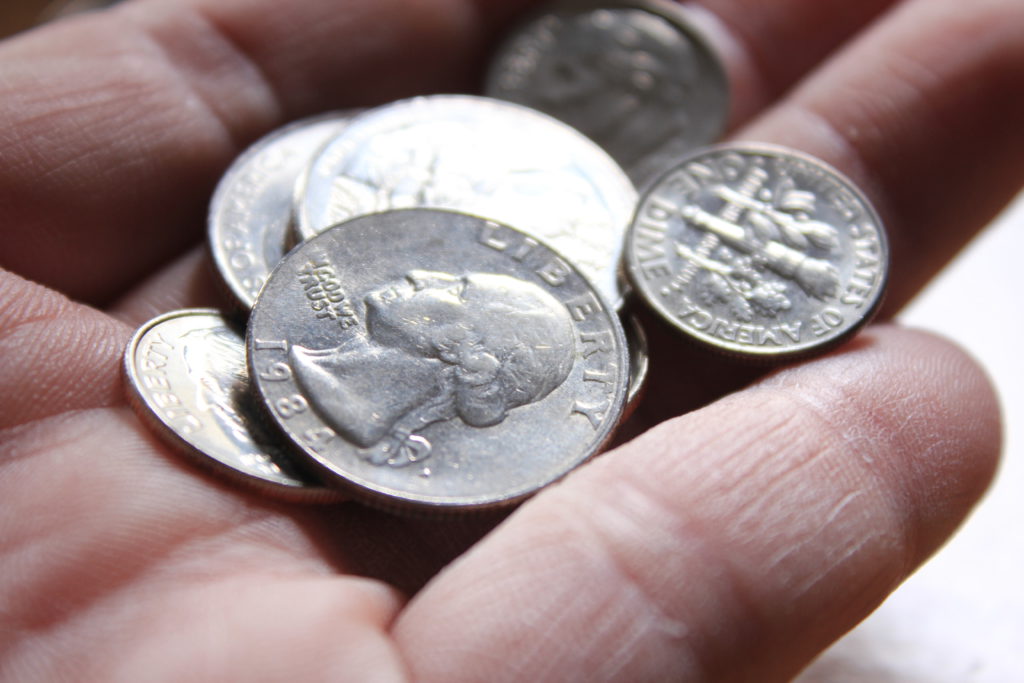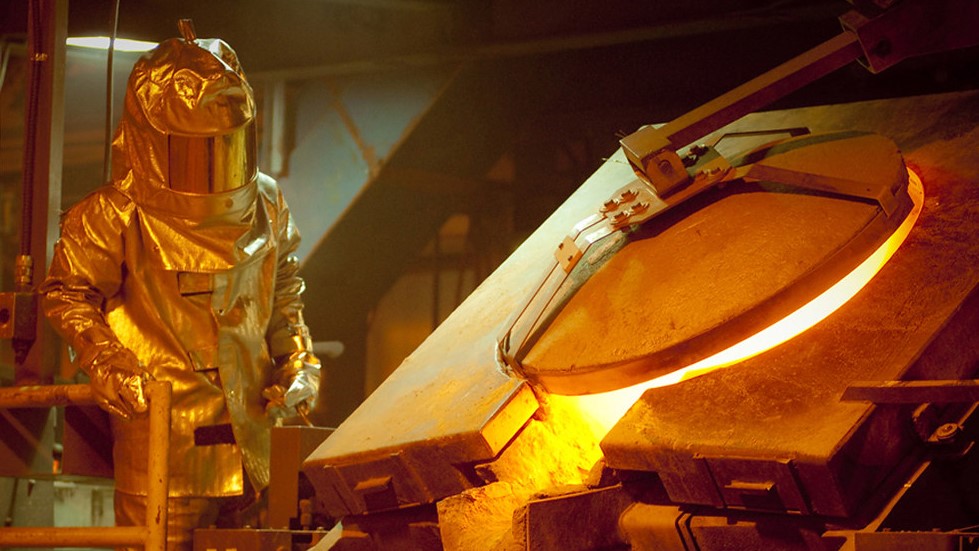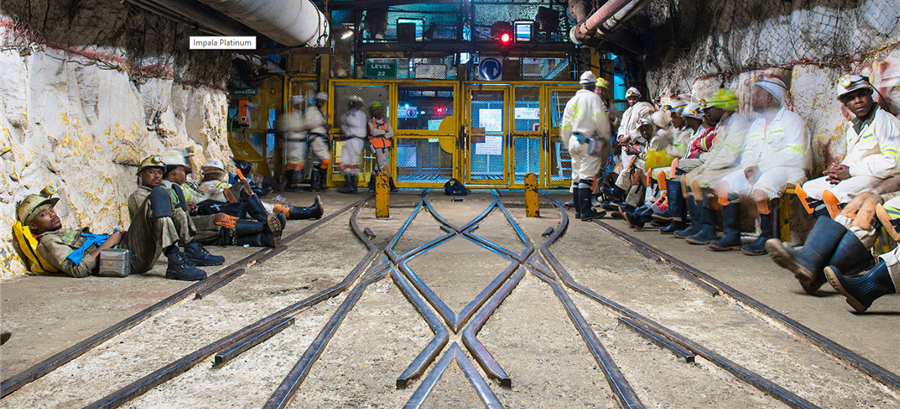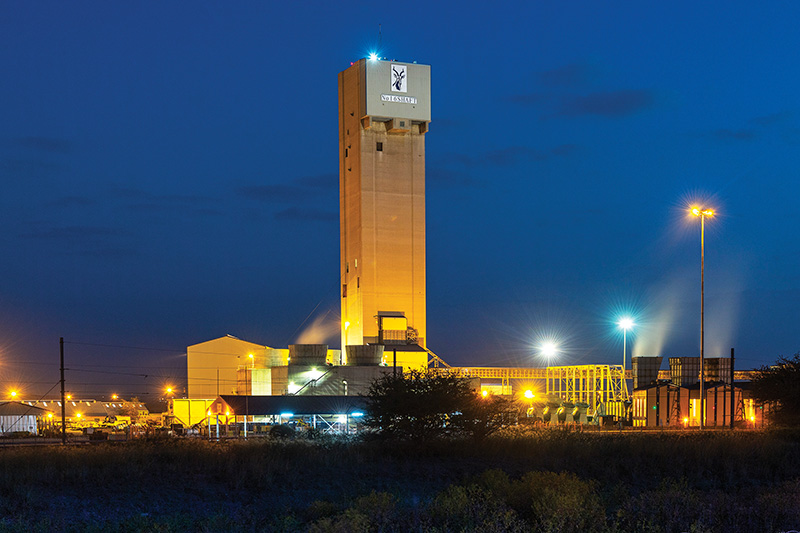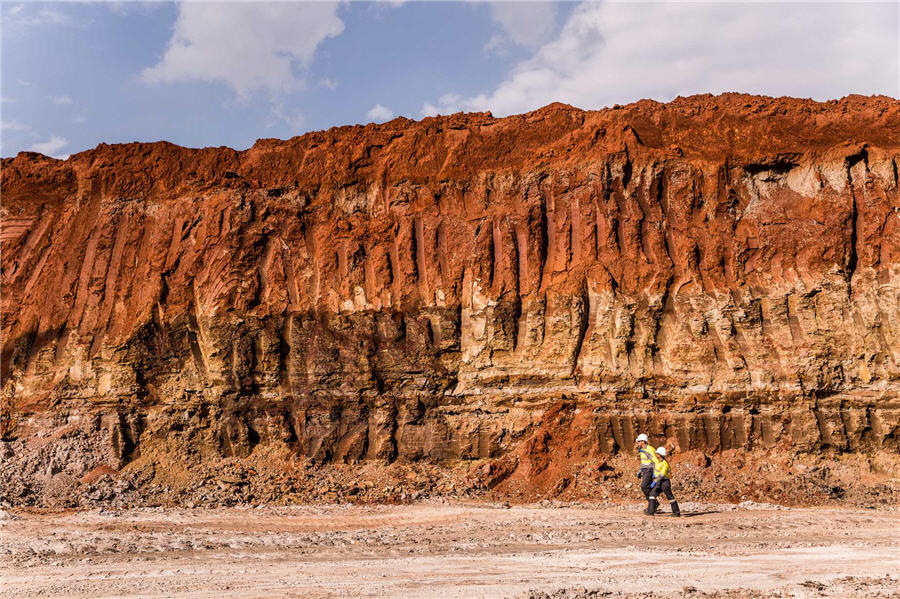Reuters | March 16, 2024 |
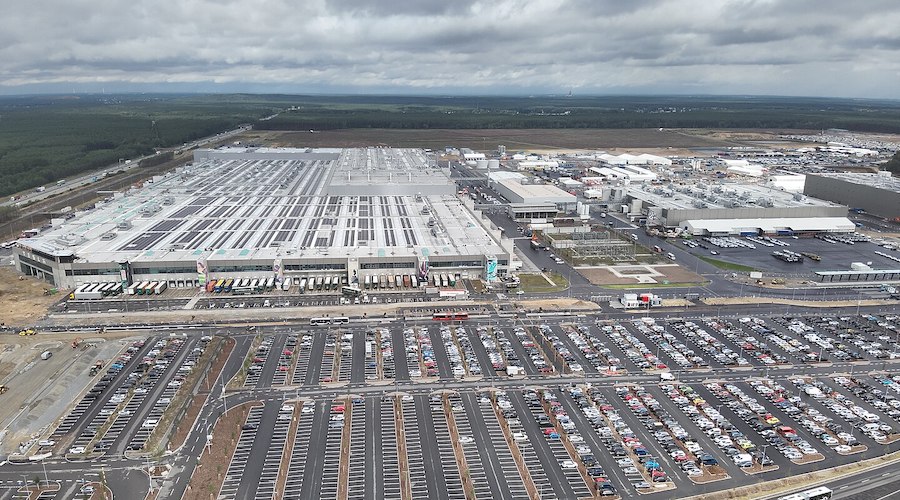
Tesla’s gigafactory Berlin-Brandenburg. (Image by Michael Wolf, Penig, Wikimedia Commons.)
Tesla’s staff in Germany will elect a new works council next week, when the IG Metall union hopes to gain greater influence over pay and working conditions after it accused the the US carmaker of inadequate safety provisions.

A suspected arson attack caused production at the plant near Berlin to be halted for a week earlier this month, prompting Tesla chief executive Elon Musk to visit this week.
The elections for the new works council, to be held on March 18-20, are aimed at filling 39 seats, according to IG Metall, the top German trade union which has put forward 106 candidates in an attempt to get a majority.
That would enable it to elect the council’s chairperson and gain greater control over areas where the union has taken issue with the carmaker, which is known for its critical stance towards unions.
Among IG Metall demands is to hire new employees, better planning of working hours, at least 20 days of freely available vacation, better health protection, more security, higher pay and shorter working hours.
“Too often, savings are made on accident protection for ‘Tesla Speed’. That has to change,” IG Metall district manager Dirk Schulze said in a statement.
In order to end the understaffing of shifts, temporary workers should be hired, the union added.
Michaela Schmitz, the plant’s current works council head, told Reuters in e-mailed comments that much had been achieved over the last two years, including pay increases of up to 18%, improvements in occupational health and safety and benefits, including bike sharing and free bus rides.
“All of the aforementioned successes were achieved without the union or a collective bargaining agreement, quickly, easily and customised to Giga Berlin,” she said, adding that meant there was no need for “external influences in the future” – implying IG Metall.
In October, Tesla rejected IG Metall claims that health and safety provisions at its gigafactory near Berlin were inadequate, saying protecting workers was a top priority.
The company also last year raised salaries for the plant’s 12,500 workers, which regional IG Metall head Dirk Schulze welcomed at the time, while still calling for better working conditions at the plant.
(By Christoph Steitz; Editing by Barbara Lewis and Clelia Oziel)

